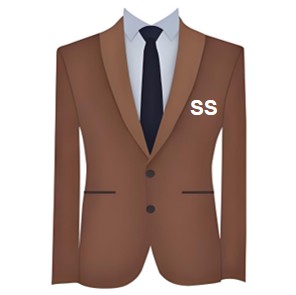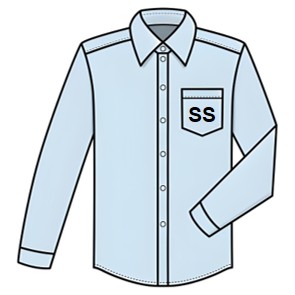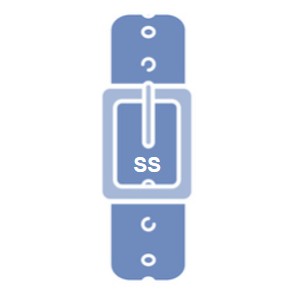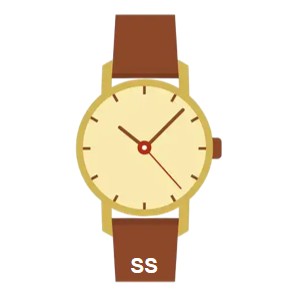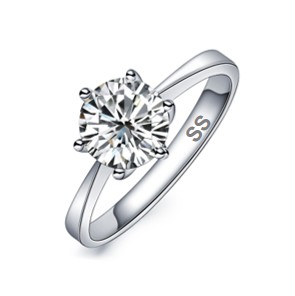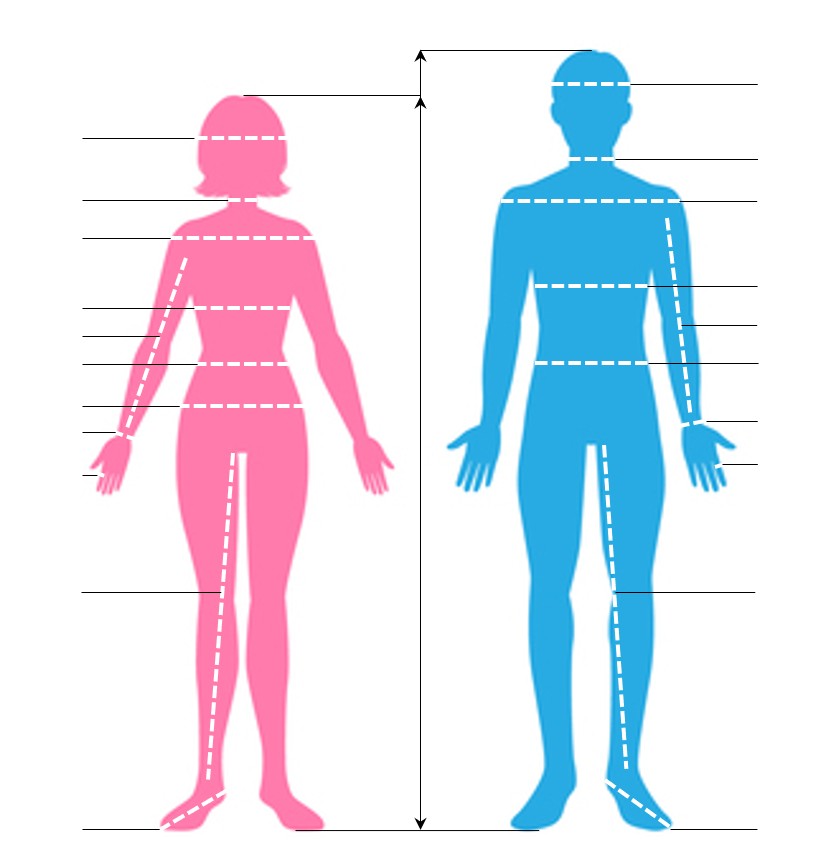
Women Height
Men Height
Women Head
Women Neck
Women Shoulder
Women Chest
Women Sleeve
Women Waist
Women Hips
Women Wrist
Women Finger
Women Inseam
Women Foot Length
Men Head
Men Neck
Men Shoulder
Men Chest
Men Sleeve
Men Waist
Men Wrist
Men Finger
Men Inseam
Men Foot Length
About Standard Size Measurement
How to measure the size of various parts of the body?
Measuring your body accurately is a useful skill for tailoring clothes, tracking fitness progress, medical reasons, or ordering custom-made items online. Here is a comprehensive guide on how to measure the size of various parts of the body.
Essential Tools & Tips for Accuracy
Before you start, gather the right tools:
1. A Flexible Measuring Tape: This is the most important tool. A soft, flexible seamstress's tape measure (the kind that doesn't stretch) is ideal. A rigid ruler is only good for circumference.
2. A Mirror: Helps you ensure the tape is level and positioned correctly.
3. A String and a Ruler (as a backup): If you don't have a flexible tape, wrap a non-stretch string around the body part, mark where it meets, and then measure the length of the string with a ruler.
4. Wear Fitted Clothing: For accurate body measurements, wear form-fitting clothes like leggings and a tank top, or just your underwear. Bulky clothing will add extra inches.
5. Stand Naturally: Stand upright with your feet together and relax your muscles. Don't suck in your stomach or puff out your chest.
6. Measure Twice: For important measurements (like for a suit or custom dress), measure each area 2-3 times to ensure consistency.

